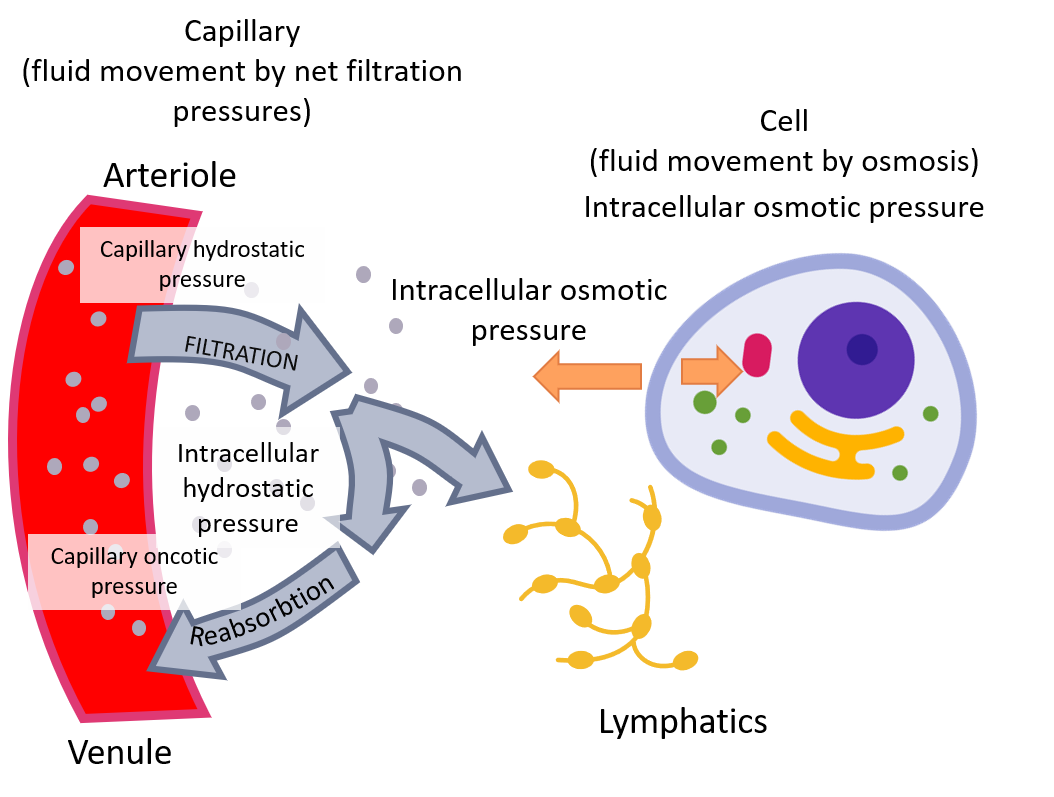Functions of blood
Blood is a living fluid. The heart pumps blood through a vast network of arteries and veins. The primary function of blood is to deliver oxygen and nutrients and remove waste from body cells but that is not it. There is a list of various functions that the blood performs which are as follows:
1. BLOOD AS A LIVING TISSUE:
Blood is a living fluid. The heart pumps blood through a vast network of arteries and veins. The primary function of blood is to deliver oxygen and nutrients and remove waste from body cells but that is not it. There is a list of various functions that the blood performs which are as follows:
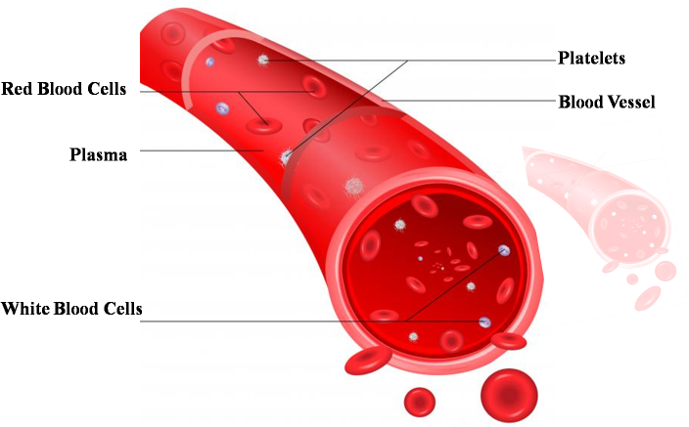
2. CIRCULATORY SYSTEM
The blood circulatory system (cardiovascular system) delivers nutrients and oxygen to all the organs and tissues in the body. It consists of the heart and the blood vessels where the arteries carry blood away from the heart and the veins carry it back to the heart. There are two types of circulation: Systemic circulation that provides organs, tissues and cells with blood so that they get oxygen and other vital substances, and Pulmonary circulation where the fresh oxygen enters the blood and carbon dioxide is released from the blood.
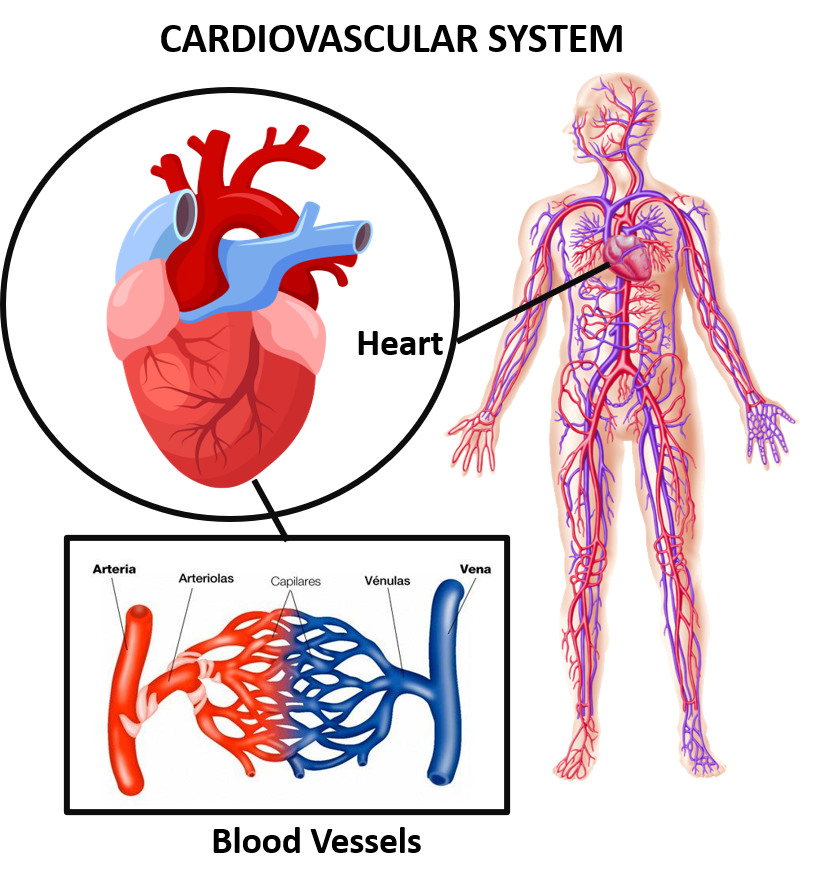
3. RESPIRATION
The blood transports oxygen from the lungs to the cells of the body where it is required for metabolism. Oxygen is also necessary for the tissue cells to obtain energy. Blood ensures that all the organs in the body receive oxygen nourishment. The body absorbs oxygen from the blood and transports it throughout the body and carbon dioxide is carried back to the lungs where it is then exhaled.
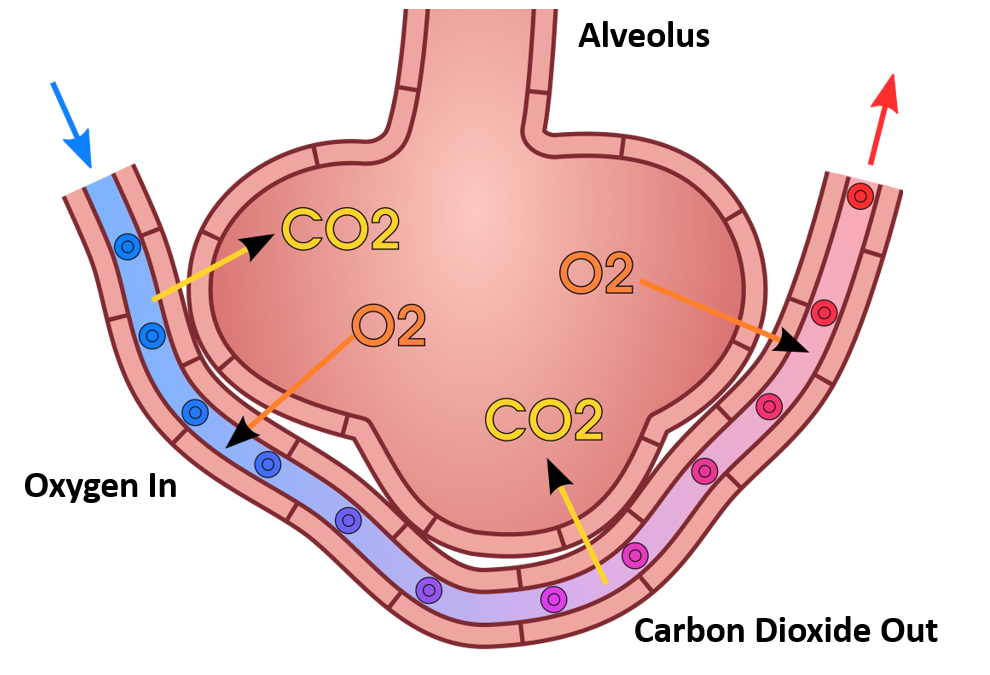
4. TRANSPORTATION OF NUTRIENTS AND HORMONES
Arteries, arterioles, and capillaries help in delivering nutrients and hormones to all parts of the body. Blood plays an important role in digestion systems. The digested nutrients like glucose, amino acids, vitamins, and minerals are absorbed into the bloodstream through capillaries. Hormones are secreted from the glands into the blood and then they are carried to the targeted organs.
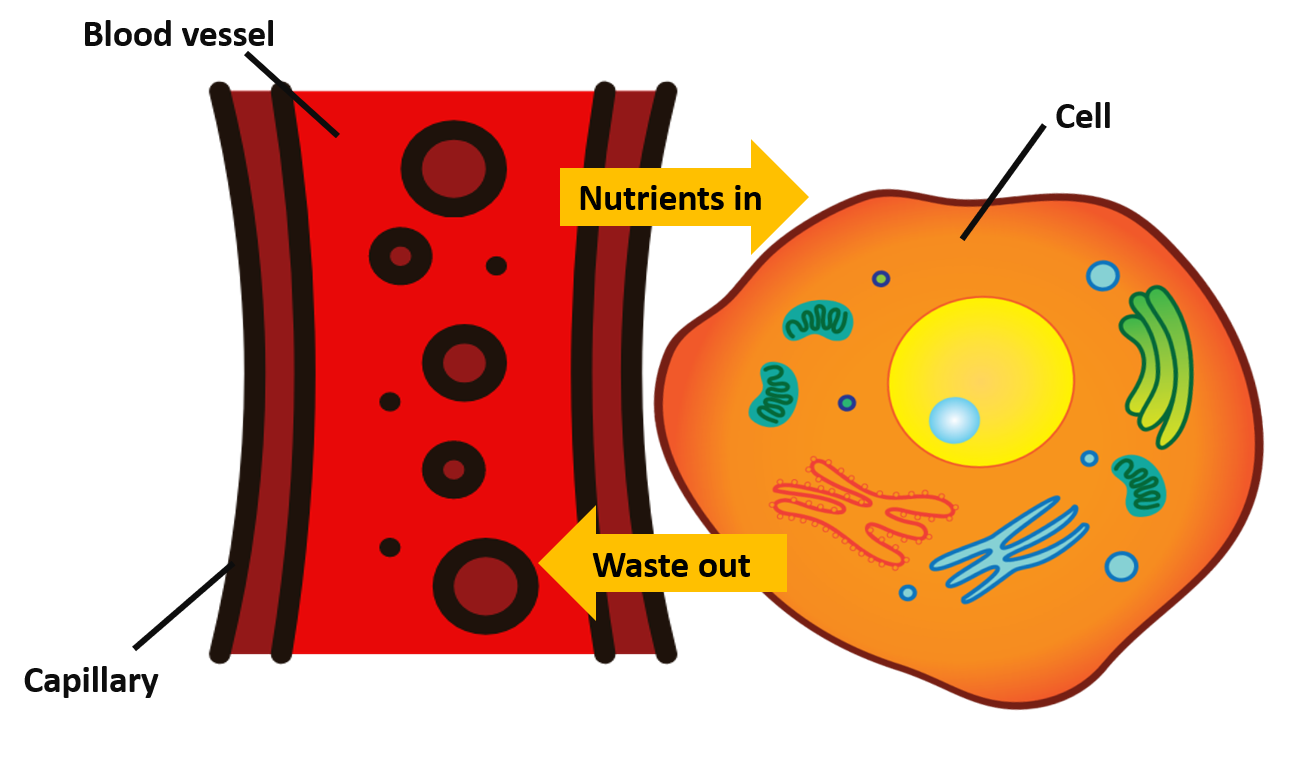
5. FLUID CONNECTIVE TISSUE
Blood is considered a connective tissue because it connects the body systems, transports oxygen and nutrients to all the parts of the body, removes waste products, transports hormones, nutrients, enzymes to all parts of the body. Blood establishes a connection between each cell of the body and blood has same origin similar to other connective tissue. Blood contains variety of specialized cells and formed elements that are derived from bone marrow.
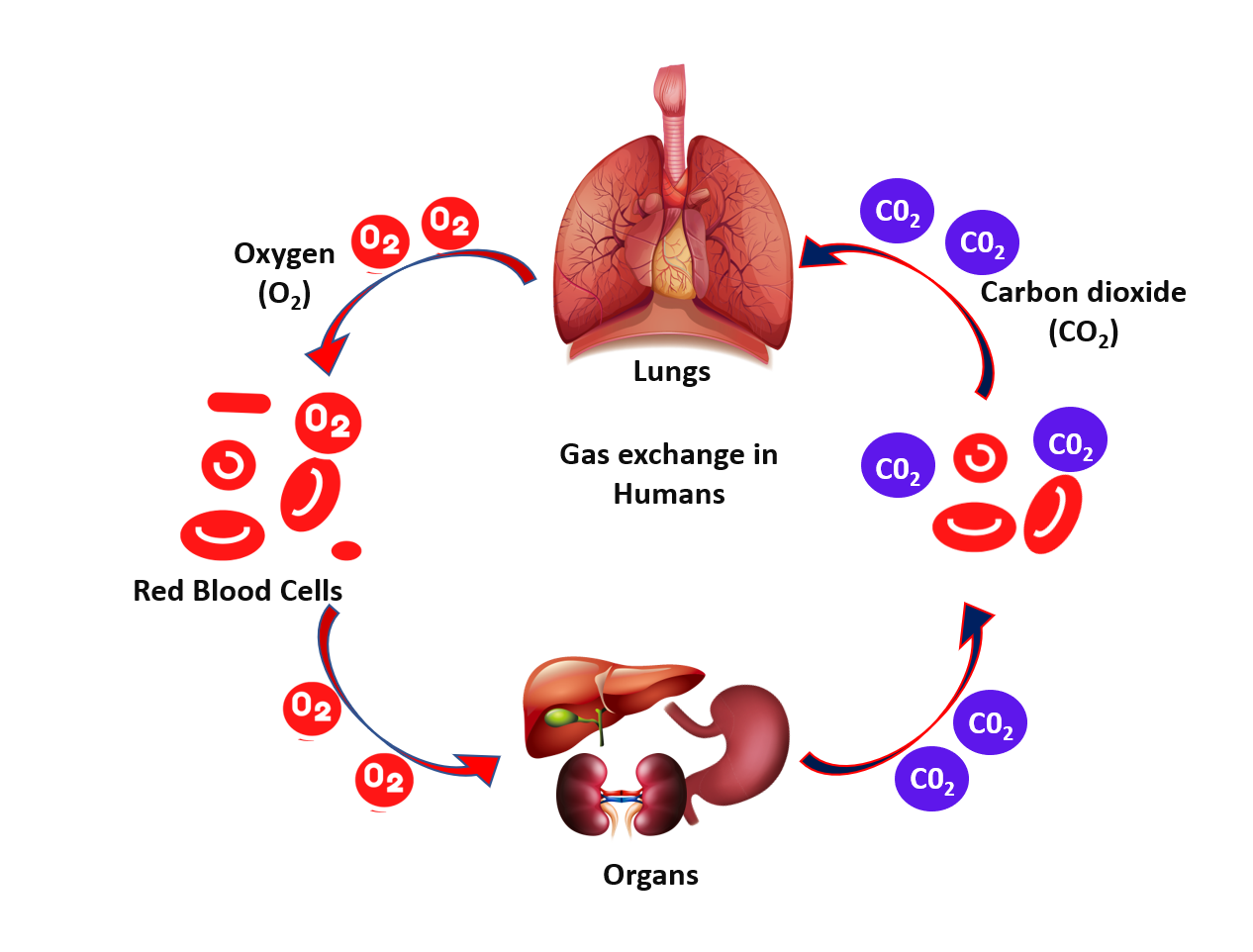
6. REGULATION OF BODY TEMPERATURE
Blood is a living fluid. The heart pumps blood through a vast network of arteries and veins. The primary function of blood is to deliver oxygen and nutrients and remove waste from body cells but that is not it. There is a list of various functions that the blood performs which are as follows:
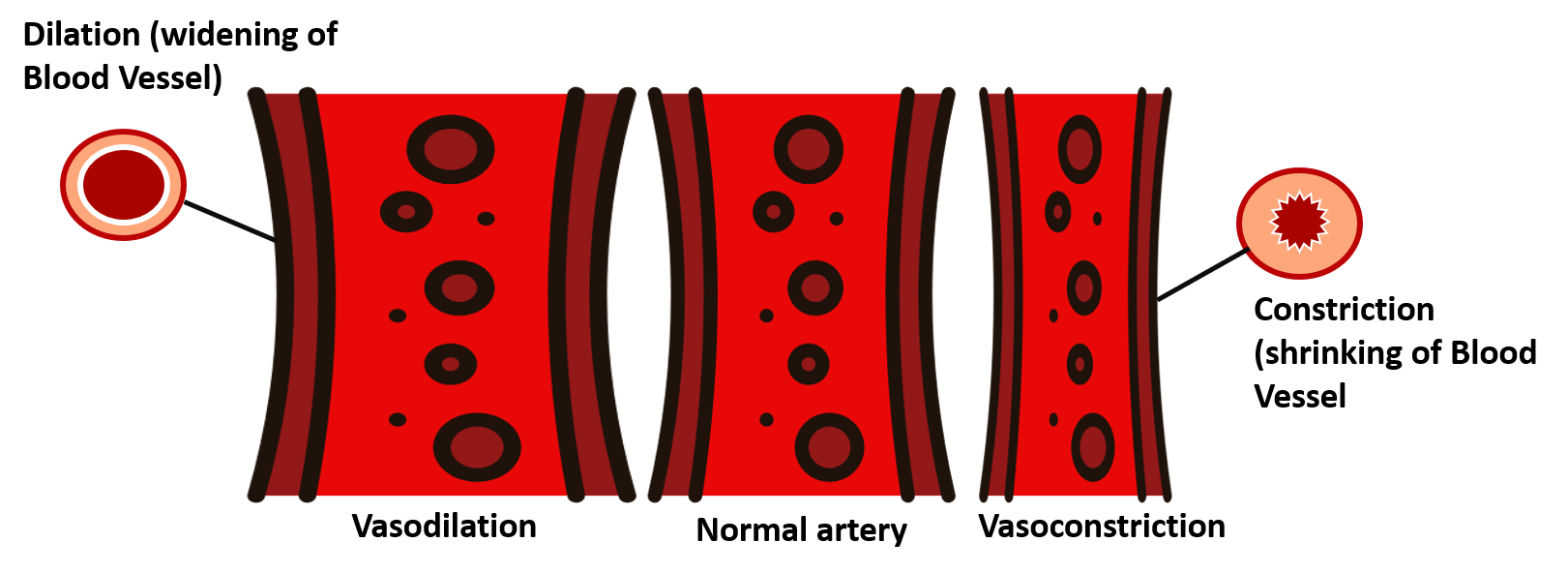
7. EXCRETION
Blood carries carbon dioxide and other waste materials to the lungs, kidneys, and digestive system to be removed from the body. Blood flows into the kidneys and the kidneys filter substances such as urea, uric acid, and creatinine out of the blood plasma and into the ureters. During digestion clean blood that is enriched with vitamins is sent back to the body.
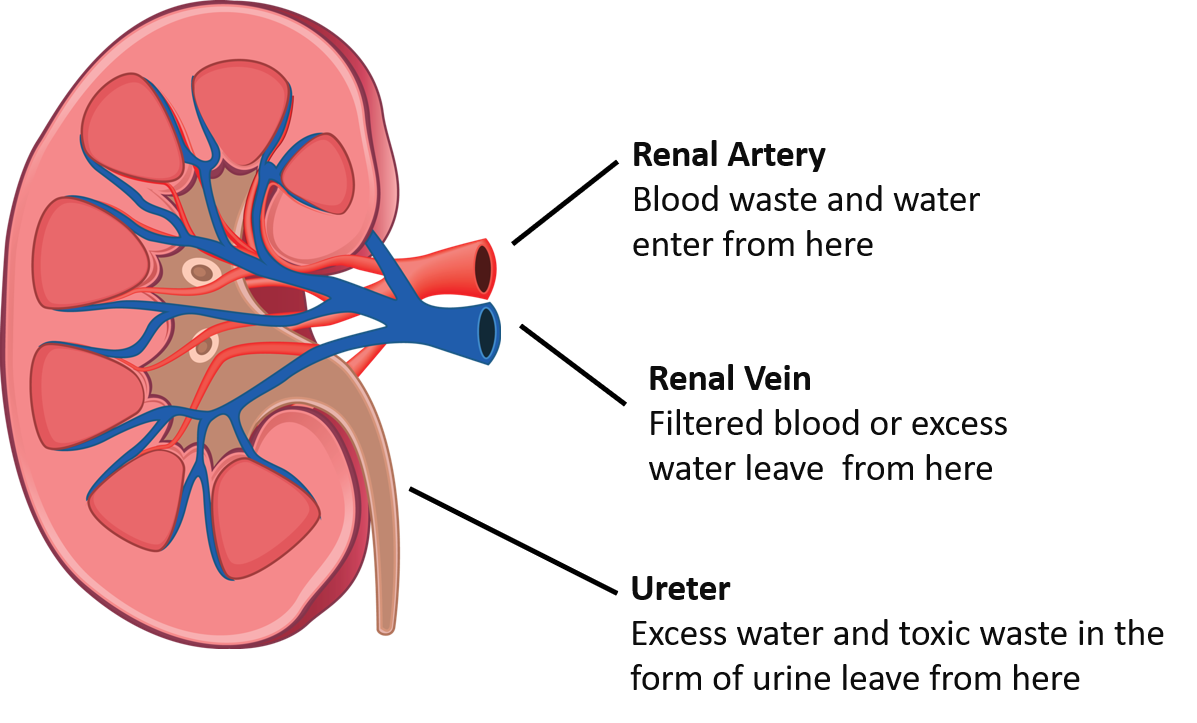
8. IMMUNITY
The blood cells interact in complex ways to provide immunity to the infectious agents, to resist or destroy invading organisms, and also to produce an inflammatory response to destroy and remove foreign materials and dead cells. White blood cells that are present in blood moves throughout the body looking for foreign invaders and launching an immune attack upon finding them.
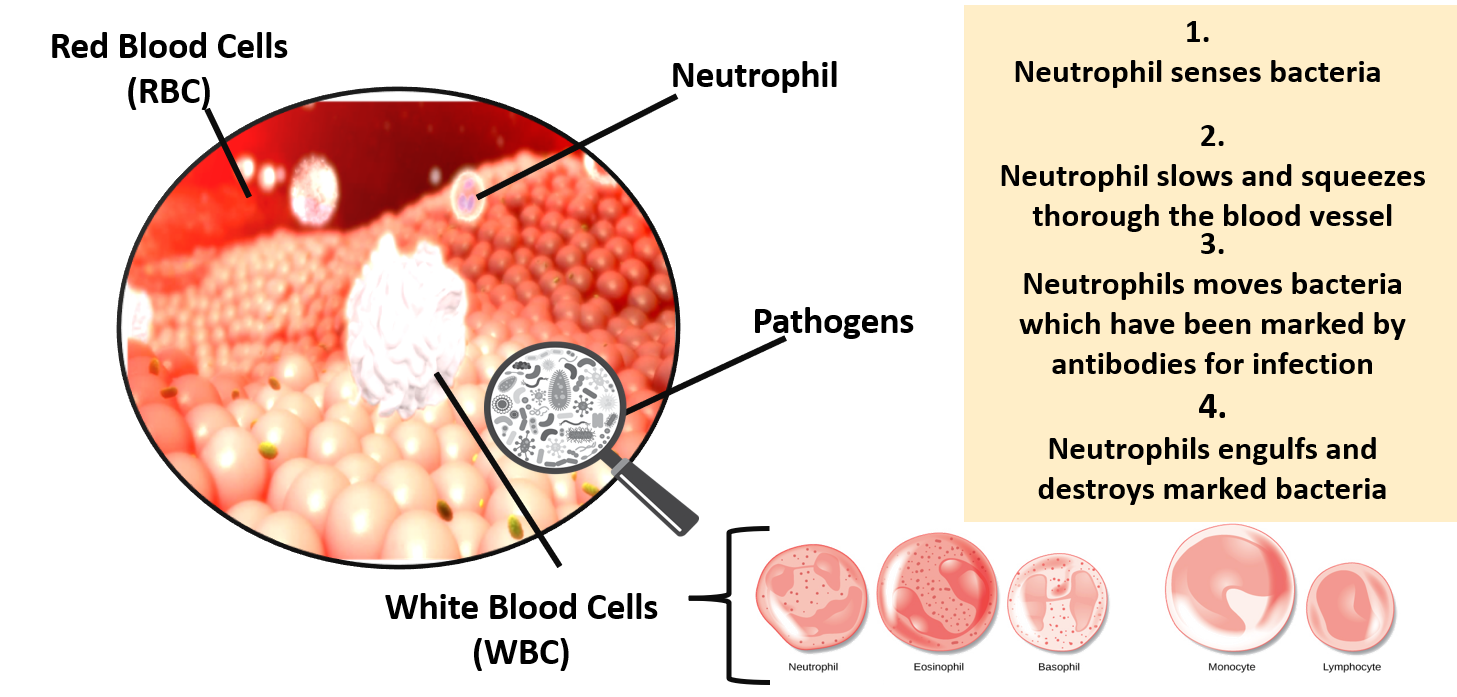
9. HEART PUMPING
The heart and blood vessels make up the cardiovascular system which circulates blood and oxygen throughout the body. The heart is nourished by blood. The heart pumps oxygen-rich blood throughout the body. The blood vessels carry blood from the heart to the body and then back to the heart.
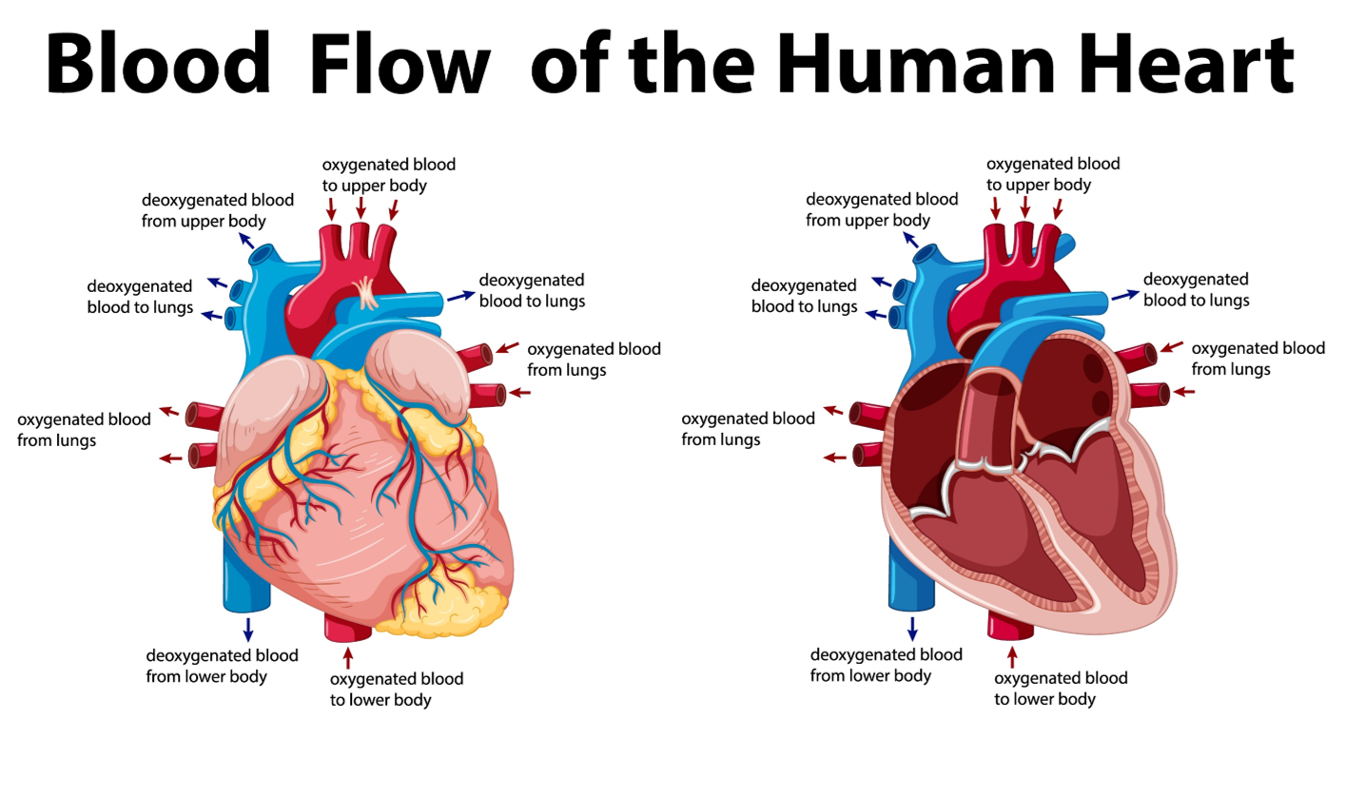
11. NUTRITION
Every substance which is required by the body for nutrition is transported by the blood that includes carbohydrates, proteins, fats, minerals, salts, vitamins, and other food factors.
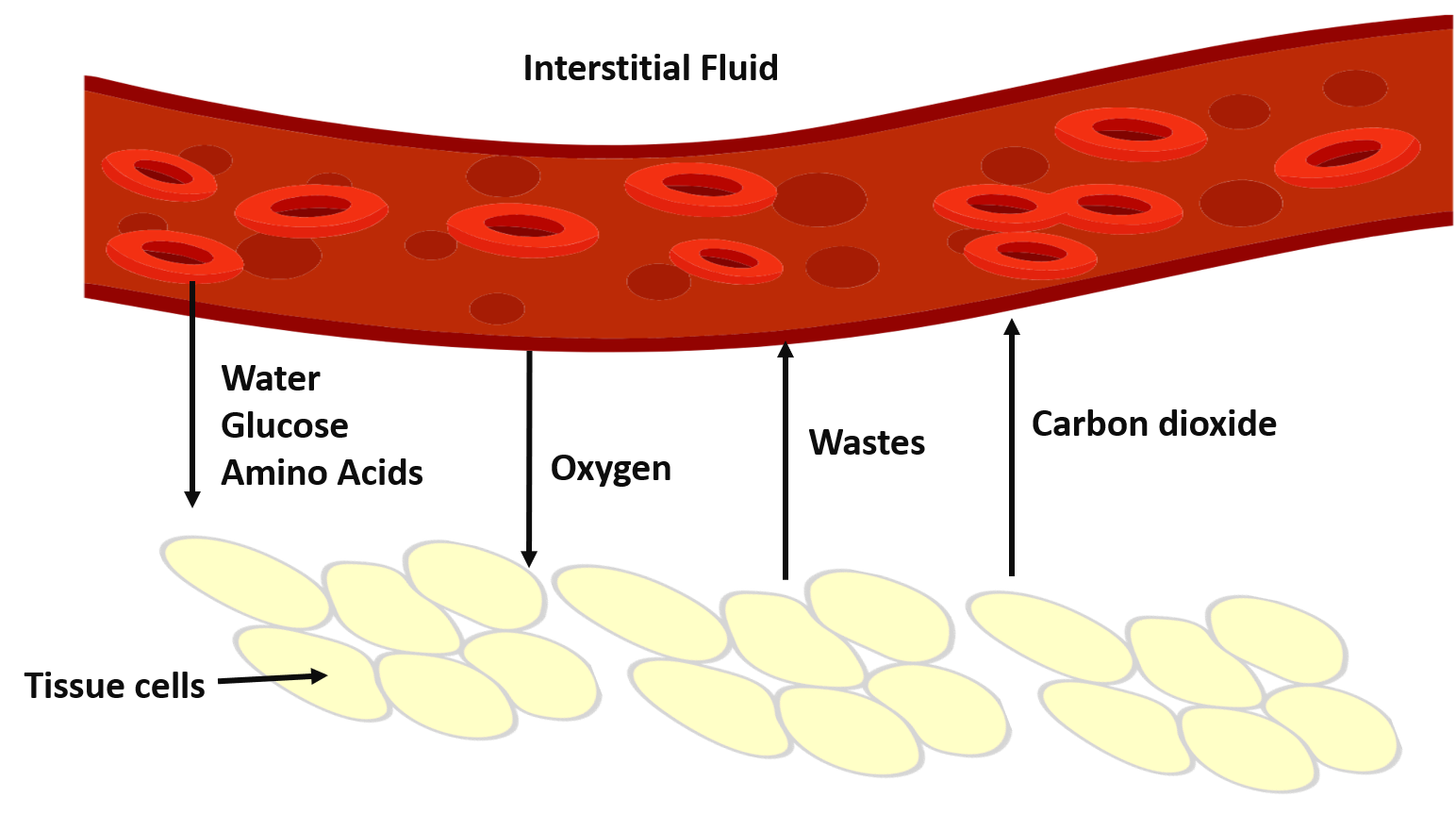
12. HEMOSTASIS
Loss of blood from the human body has been a constant threat to survival if there have not been methods to prevent and control bleeding. Hemostasis is a process in which blood forms clots to prevent blood during injury. During hemostasis blood changes from a fluid liquid to a gelatinous state. The three steps of hemostasis include: vascular spasm, platelet plug formation and coagulation.
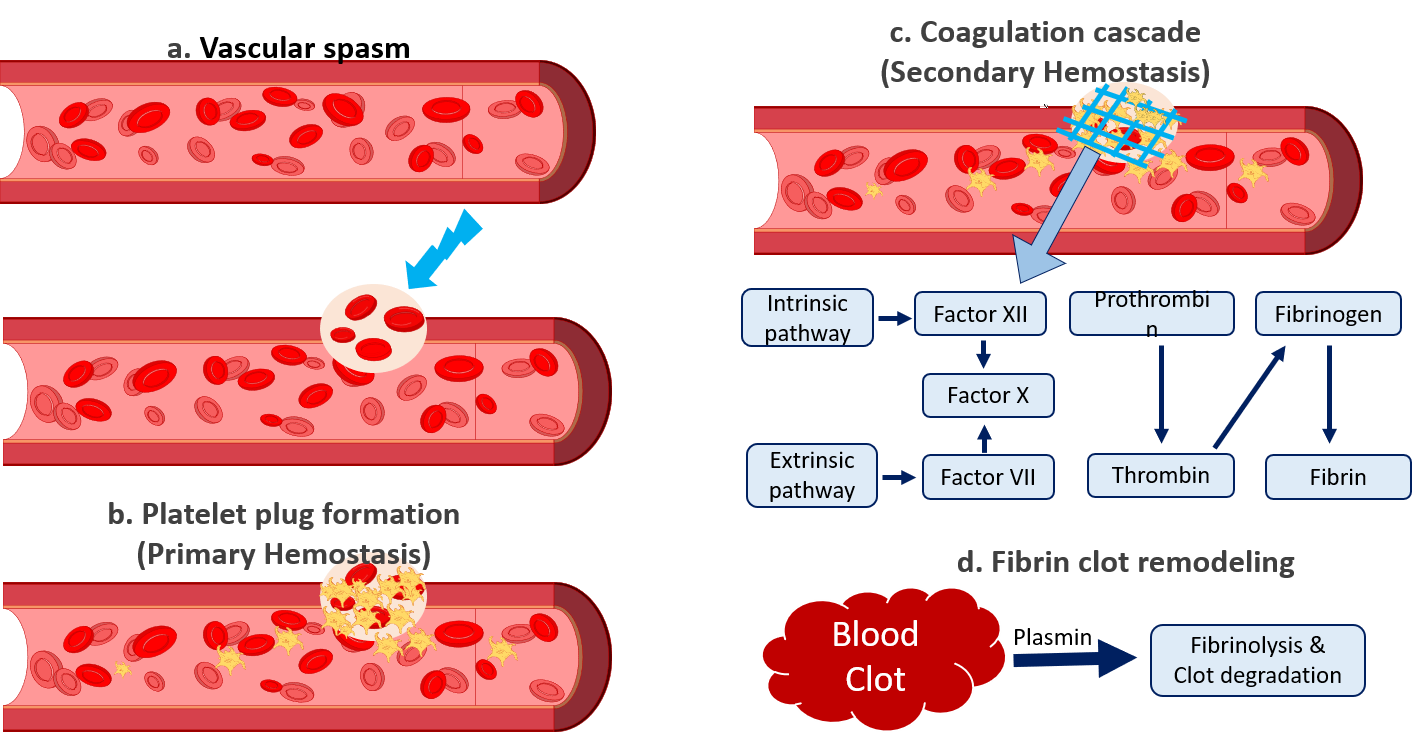
13. MAINTAINING PH LEVEL OF THE BODY
The body has chemical buffer systems which are built in weak acids and bases that can be broken down easily. Hemoglobin the main protein inside blood help in regulating pH and adjusting body’s proportions of acids and bases.

14. FORMING CLOTS AT INJURY SITE:
When blood vessels get torn up platelets and plasma work together to reduce the blood loss and stop bleeding in the injured area. Platelets clump and form plug in damaged areas and proteins form threads to complete clot.
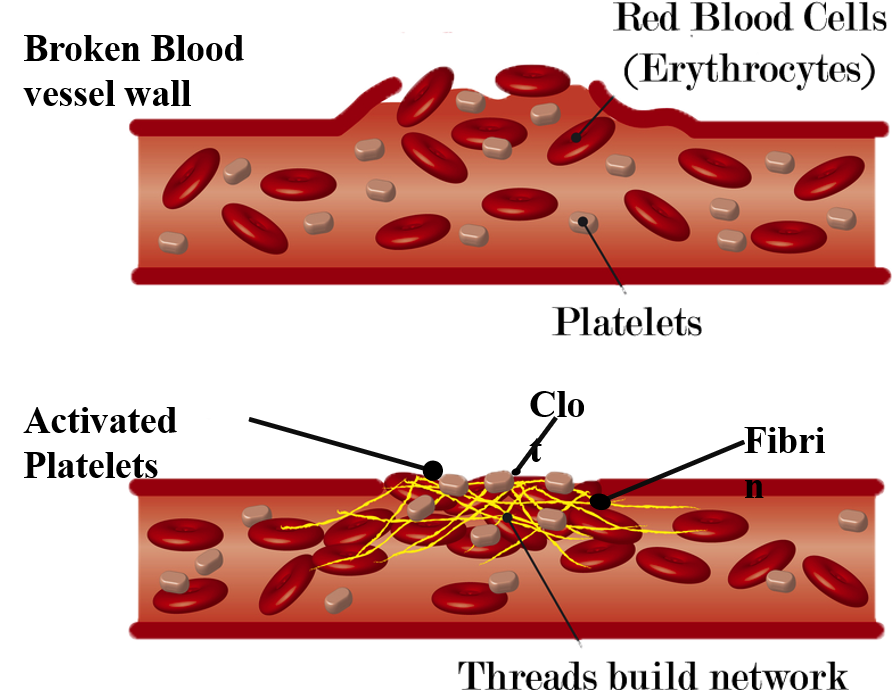
15. RED BLOOD CELLS: MOST NUMEROUS LIVING CELLS IN THE BODY:
Red blood makes up to 45% of blood. There primary function is to transport oxygen from the lungs to all the organs in the body along with carrying carbon dioxide back to lungs from the tissues.
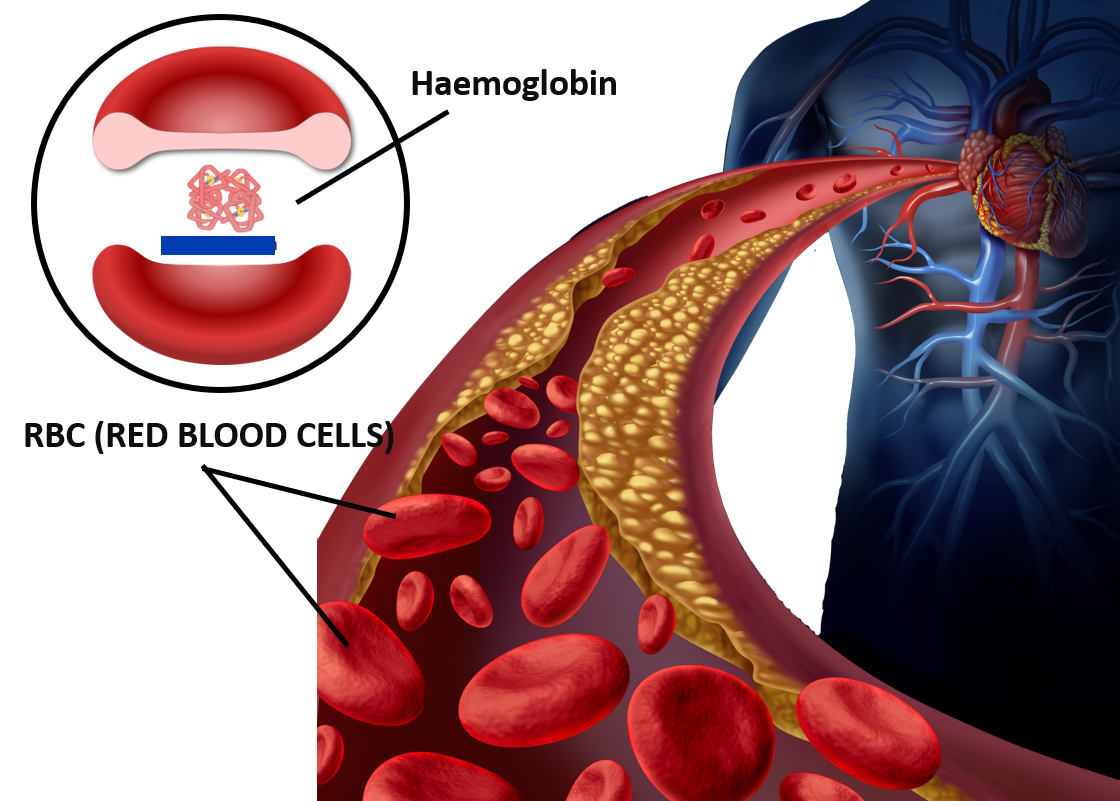
16. PROTECTION FROM PATHOGENS:
Blood cells protect the body from external threats, such as disease-causing bacteria that enter the bloodstream in a wound. It also helps in destroying internal threats, such as cells with mutated DNA that could multiply to become cancerous, or body cells infected with viruses.White blood cells are the disease-fighting cells of the blood. They help to fight infections and other diseases. Some of the white blood cells are part of the innate immune system as they know from birth to attack foreigner others are humoral immune cells that manufacture antibodies after exposure to germs.
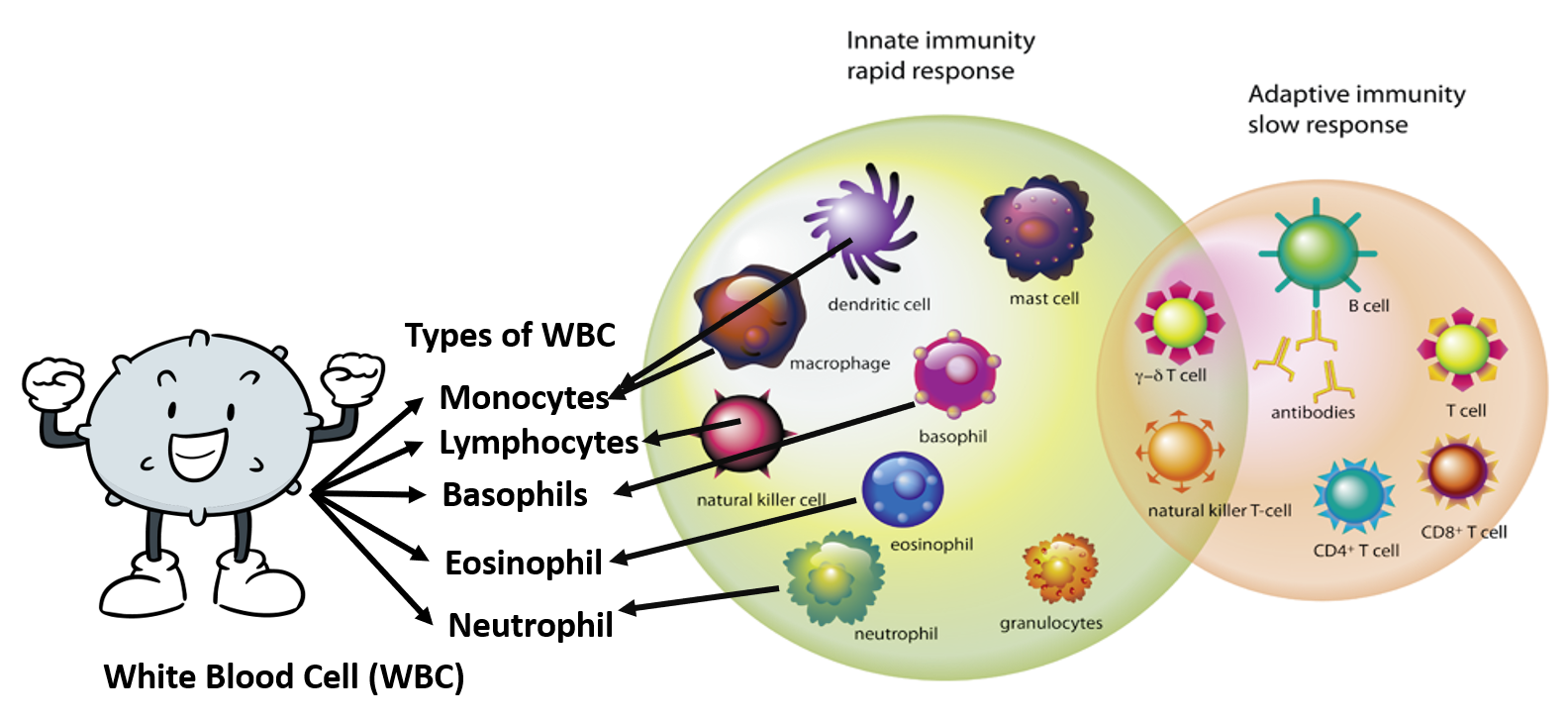
17. MAINTAINING BALANCE OF FLUID
Blood component plasma contains two key proteins called albumin and fibrinogen. Albumin helps in maintaining a balance of fluid called oncotic pressure, in the blood. This pressure keeps fluid from leaking into areas of the body and skin where less fluid is collected.
